TB500 Protein Peptide Hormones for All Human and Animal Cells CAS 77591-33-4
Keywords:Human Growth Hormone
Alias:Tb500
Appearance:White Freeze-dried Powder
Shipping Method:FEDEX, TNT, DHL, UPS, HK EMS
MOQ:1kit
Purity:99.8%
Specification:10iu/vial 10vials/kit
Policy:Resending Policy
High Light:research chemicals peptides, muscle growth peptides
What is TB500?
TB-500 is a short peptide segment or fragment of the naturally-occurring thymosin beta-4 hormone (TB-4.) To be clear, TB-500 most emphatically is not TB-4, although it’s often sold under that name. TB-4 itself is as yet an extremely pricey, rare research material that is not yet available to bodybuilding or to equine enhancement.
TB500 details
TB-500 is a synthetic form of Thymosin Beta 4 that occurs naturally in animal cells. The peptide is one of the members of 16 related molecules’ ubiquitous family. TB-500 is utilized by the body to improve differentiated endothelial cells functions and associated physiological roles. The molecule acts by regulating the cellular skeleton protein called actin. The latter represents about 10% of the total cellular proteins, vital for cellular and genetic architecture. The synthetic peptide is widely studied for its anti-inflammatory and wound healing properties. Research evidences suggest that TB-500 might be useful for skin and muscle building. Due to low molecular weight, the synthetic peptide is able to migrate to distant organ sites. TB-500 aids keratinocyte and endothelial migration. Speculated to be an up-regulated gene, TB-500 administration accelerates angiogenesis and hematopoiesis by 4-6 times than normal rate.
TB500 Use
TB-500 is typically provided as lyophilized (freeze-dried) powder in vials of 2.0 mg. A convenient amount of sterile or bacteriostatic water will be added, such as 1.0 mL. In the most common dosing protocol, the entire vial is taken at one time. If taking the entire vial, the entire amount will be drawn into a syringe, typically an insulin syringe, and injected. Injection may be subcutaneous, intramuscular, or intravenous, according to personal preference.
The most common dosing protocol is to take 2.0 or 2.5 mg of TB-500 twice per week for four to six weeks, and then reduce to a lower dosing rate such as once or twice per month for maintenance.
How to use TB500
TB-500 is typically provided as lyophilized (freeze-dried) powder in vials of 2.0 mg. A convenient amount of sterile or bacteriostatic water will be added, such as 1.0 mL. In the most common dosing protocol, the entire vial is taken at one time. If taking the entire vial, the entire amount will be drawn into a syringe, typically an insulin syringe, and injected. Injection may be subcutaneous, intramuscular, or intravenous, according to personal preference.
TB-500 is typically provided as lyophilized (freeze-dried) powder in vials of 2.0 mg. A convenient amount of sterile or bacteriostatic water will be added, such as 1.0 mL. In the most common dosing protocol, the entire vial is taken at one time. If taking the entire vial, the entire amount will be drawn into a syringe, typically an insulin syringe, and injected. Injection may be subcutaneous, intramuscular, or intravenous, according to personal preference.
TB500 Dosage And cycle Duration
Dosage depends on the purpose and severity of the injury / damage you are treating. People generally use between 4 to 8 mg of TB500 per week during the initial (loading) period of 4 to 6 weeks. Afterwards some opt to maintain the effects with a low 2 to 6 mg dose once every 2 weeks. The effects of TB-500 wear off within 2 – 3 weeks of injection.
a. TB-500 loading phase:
duration: between 4 – 6 weeks
dosage: between 4 – 8 mg of TB-500 per week
frequency of injection:2 mg per injection, between 2 – 4 times
frequency of injection:2 mg per injection, between 2 – 4 times
b. TB-500 maintainance phase:
duration: as long as needed
dosage: between 2 – 6 mg of TB-500 per 2 weeks
frequency of injection:2 mg per injection, between 2 – 3 times per 2 weeks (depending on the total bi-weekly dosage)



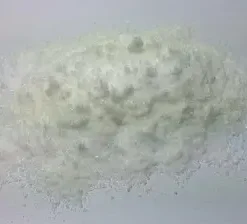

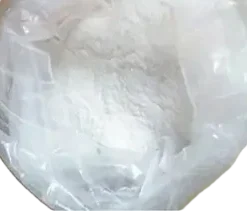
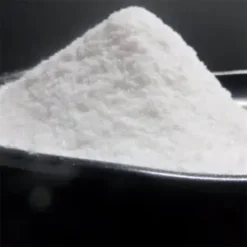

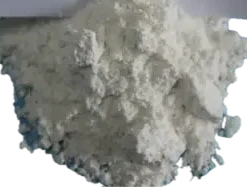
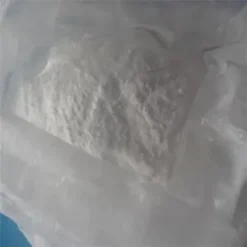

Reviews
There are no reviews yet.